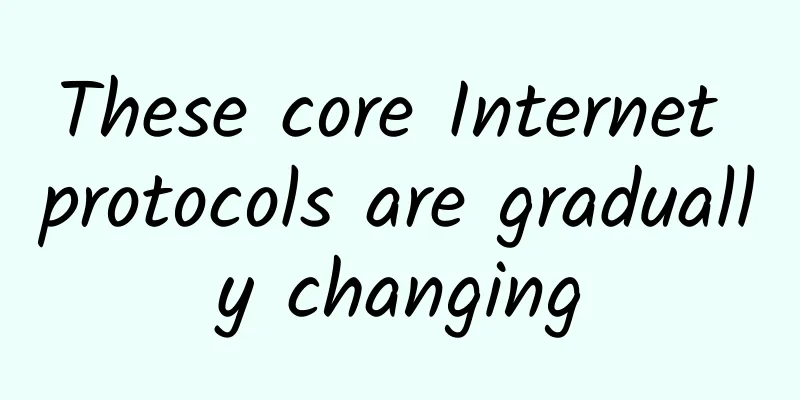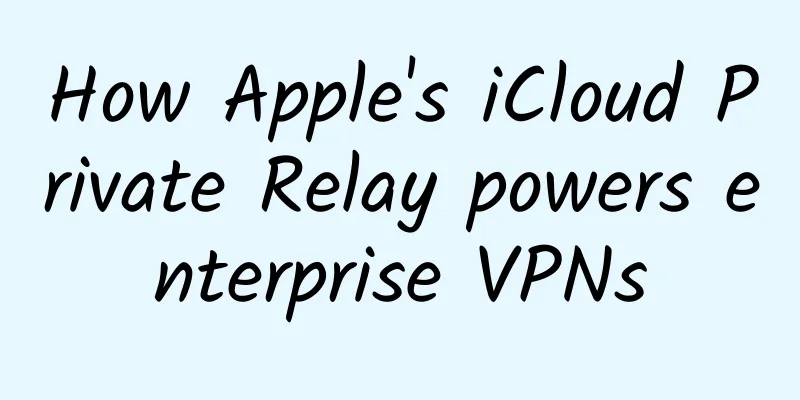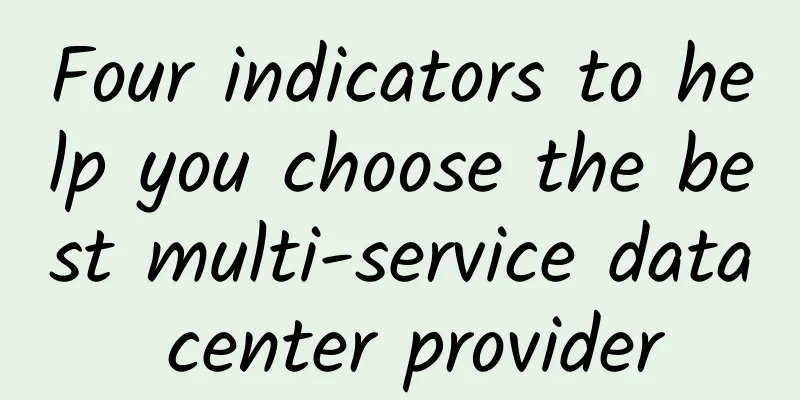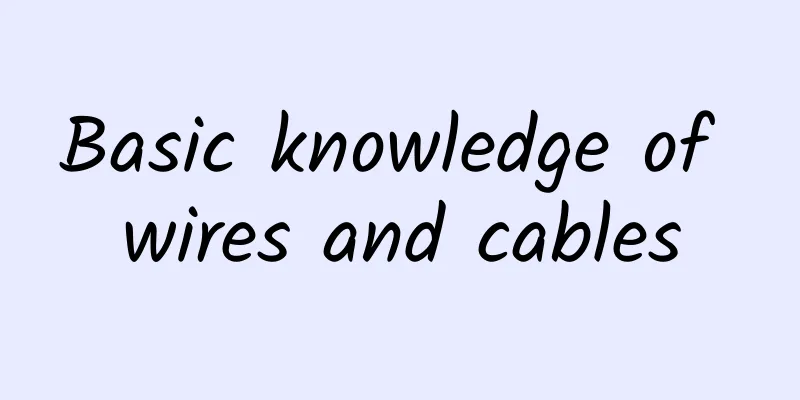These core Internet protocols are gradually changing

|
The Internet we are familiar with used to mainly use IPv4 protocol routing packets, TCP protocol connections, SSL/TLS encrypted connections, DNS query hosts, and HTTP application protocols. Mark Nottingham, co-chair of the HTTP and QUIC working groups of the IETF, said that the commonly used Internet protocols have been changing in the past few years:
|
<<: Various technical measures to eliminate data center hot spots
Recommend
Interview surprise: What are the common HTTP status codes?
HTTP status code is the response status code retu...
DiyVM: Hong Kong CN2 & Japan & US VPS, KVM architecture, 2G memory starting from 50 yuan/month
DiyVM is a Chinese hosting company founded in 200...
Megalayer: Dedicated servers from 299 yuan/month, optimized CN2 lines in mainland China, Hong Kong/Philippines/US VPS annual payment from 159 yuan
Megalayer is a subsidiary of Vofo, founded in 201...
In-depth analysis of the Raft protocol and KRaft practical demonstration
1. What is the Raft protocol? The Raft protocol i...
HostYun: AMD5950X Australian VPS monthly payment starts from 31 yuan
HostYun is a long-established VPS hosting company...
What is the value of 5G at the edge?
A lot of people have been questioning the value o...
Created a debuggable gRPC GUI client
[[437208]] This article is reprinted from the WeC...
iOVZ Valentine's Day Promotion: 30% off all VPS/50% off Korean dedicated servers, Los Angeles/Korea VPS monthly payment starts from 42 yuan
iOVZ has just launched a Western Valentine's ...
How high is the spectrum efficiency of 5G?
[[352550]] This article is reprinted from the WeC...
Huawei Shanghai 5G+XR Cloud Innovation Center goes online to accelerate the activation of Shanghai's 5G innovation value
Recently, Huawei's 5G+XR Cloud Industry Summi...
Justhost: 20% off all VPS, 200M unlimited data, monthly payment from $1.34 in Russian data center
Justhost.ru is a Russian hosting company founded ...
Wi-Fi 6 Release 2 new standard released: faster upload, lower latency, more energy-efficient
Wi-Fi 6 has made significant progress compared to...
RAKsmart July Promotion: Servers limited flash sale from $30/month, VPS hosting from $1.99/month, San Jose/Los Angeles/Korea/Japan/Hong Kong data centers
RAKsmart has released a promotional plan for July...
Approaches to Solving Multiradio Hardware Design Challenges
The combination of multi-radio and multi-protocol...
Operators have confirmed: The first generation of 5G mobile phones can only use 4G networks
Recently, the inability of NSA 5G phones to conti...









